Organic Whole Body Sunscreen Ingredients: Simmondsia Chinensis (Jojoba) Seed Oil*, Zinc Oxide, Helianthus Annuus (Sunflower) Oil*, Calendula Officinalis (Calendula) Flower Oil*. Cera Alba (Beeswax)*, Copernicia Cerifera (Carnauba) Wax*, Butyrospermum Parkii (Shea Butter)*, Safflower Acids*, Cocos Nucifera (Coconut) Oil*. Isoamyl Laurate, Caprylic/ Capric Triglycerides, Macadamia Integrifolia (Macadamia) Oil*, Persea Gratissima (Avocado) Oil*. Theobroma Cacao (Cocoa) Butter*, Rosa Damascena Flower Extract, Calendula Officinalis (Flower) Extract*, Hippophae Rhamnodies (Sea buckthorn) Fruit Extract*. Oenothera Biennis (Evening Primerose) Oil*, Rosa Canina (Rose Hip) Oil*, Iron Oxides (CI 77492, CI 77491, CI 77499), Tocopherol (Vitamin E). Pelargonium Graveoleons (Geranium) Oil*, Lavandula Angustifolia (Lavender) Oil*, Cymbopogon Martini (Palmarosa) Oil*, Linalool**, Geraniol**, Citronellol**, Eugenol**
For children under six months: ask a doctor.
Study:
This study shows that an optimal supply of antioxidant micronutrients in the skin increases basal dermal defence against UV irradiation. From that study: “Protection against skin damage from sunlight by nutritional means has been examined. Likewise, there has been work on the topical application of phytochemicals to the skin. This review focuses on the nutritional aspect of phytochemicals in humans-ie, the provision of carotenoid micronutrients by dietary means to the skin and their role in protection. Human intervention studies have documented protective effects for β-carotene or for lycopene provided either by a carotenoid-rich diet or by supplementation.
In exposed tissues, light induces primary and secondary photooxidative processes. Scavenging of reactive oxygen species is considered to be a mechanism of action underlying the protective activity of carotenoids. However, food comprises a complex mixture of numerous constituents, so that other components may also contribute to the observed activity. Molecules with suitable structures absorb UV light and prevent direct damage of cellular targets. Phytoene and phytofluene are precursor molecules of higher unsaturated carotenoids and occur in various fruit and vegetables.
Their absorption spectra cover the UVB and UVA range, respectively, thus potentially contributing to photoprotective effects of carotenoid-rich food. Because of the physiologic turnover time of skin, several weeks are required for protective effects to appear. Photoprotection through individual dietary components such as β-carotene or lycopene in terms of sun protection factor is considerably lower than that achieved by using topical sunscreens. However, an optimal supply of antioxidant micronutrients in the skin increases basal dermal defense against UV irradiation, supports longer-term protection, and contributes to maintenance of skin health and appearance.”
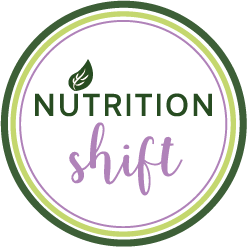
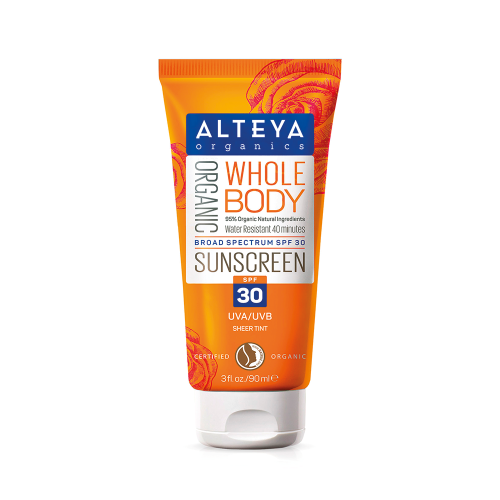
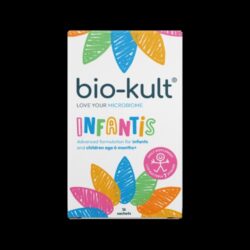
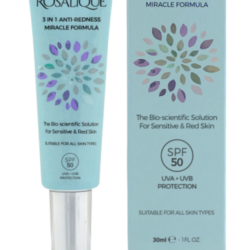
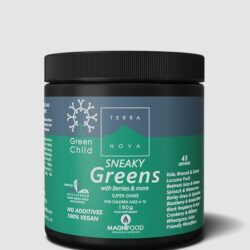
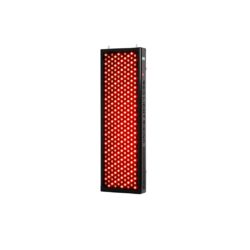
Reviews
There are no reviews yet.